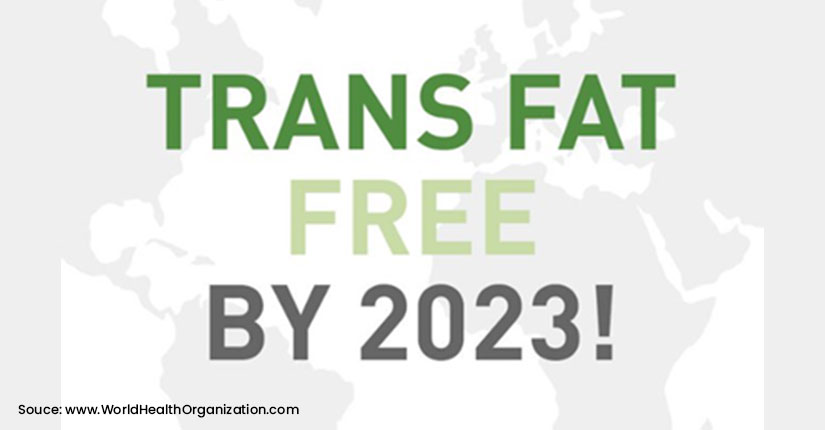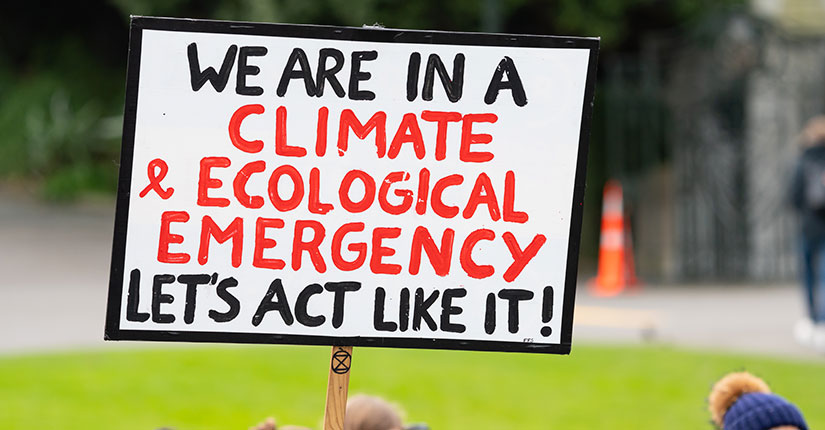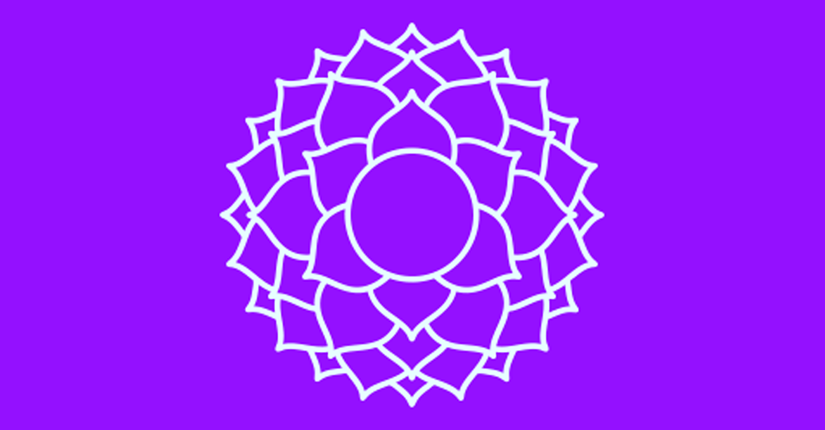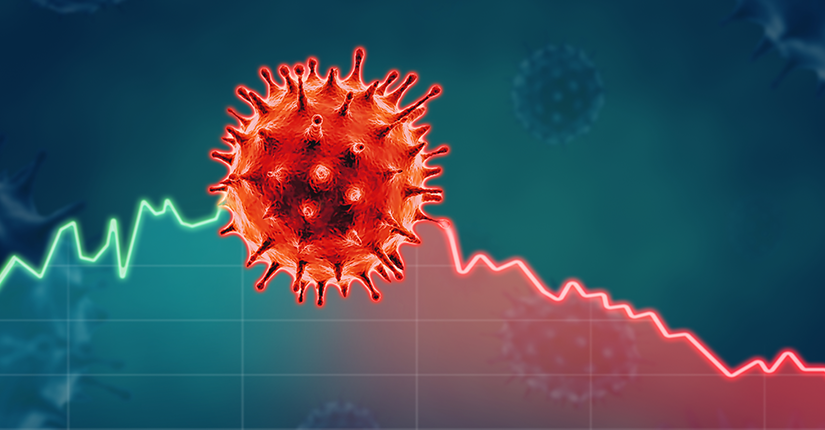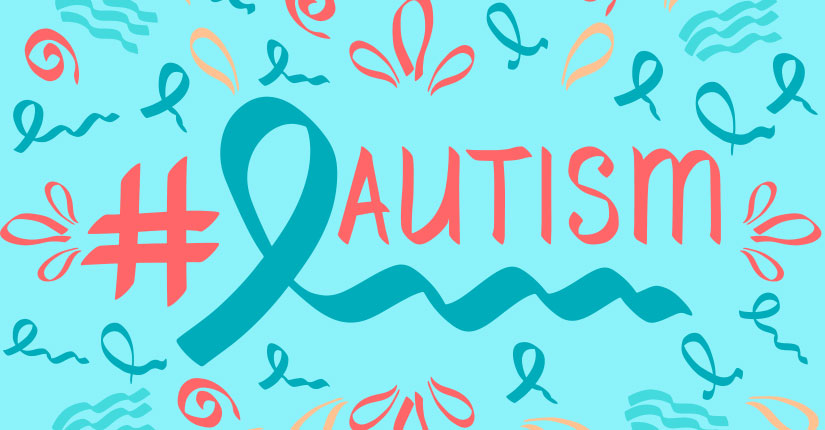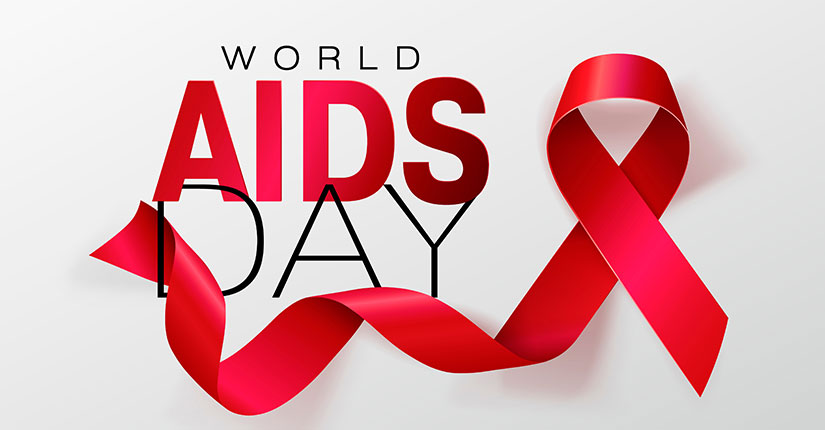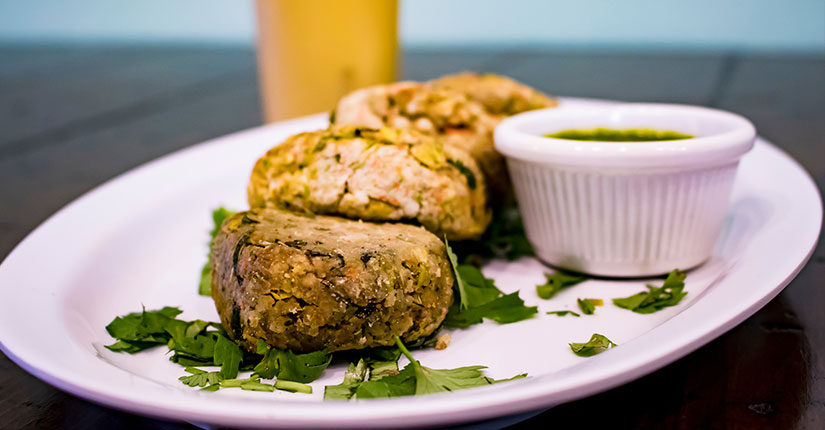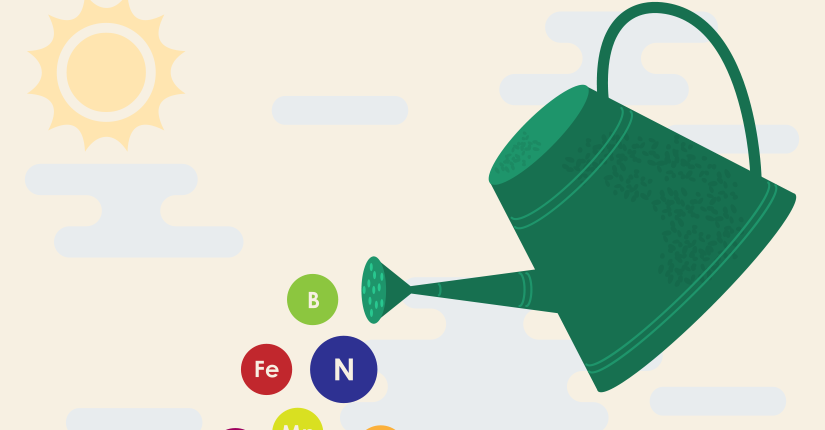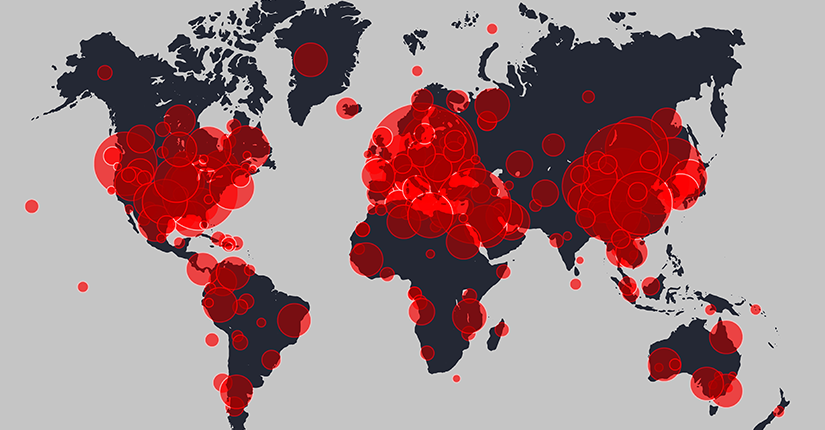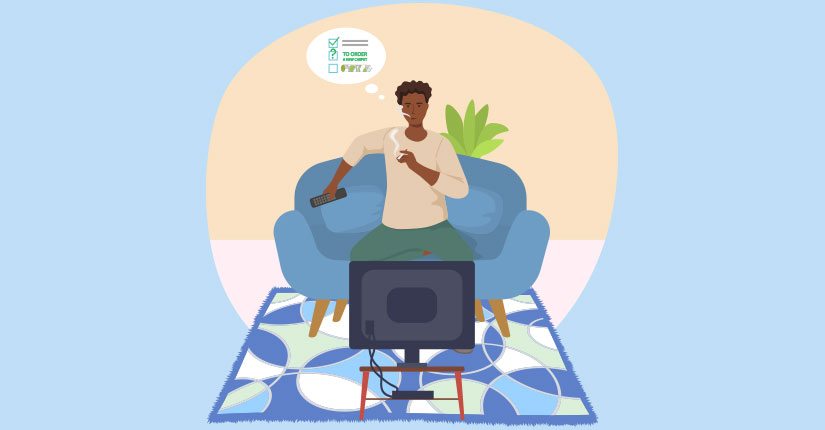Unlock 1: With Caution and Fresh Guidelines, India to Gradually Exit from Lockdown in 3 Phases
By Nmami Life Editorial 03-Jun 2020 Reading Time: 9 Mins
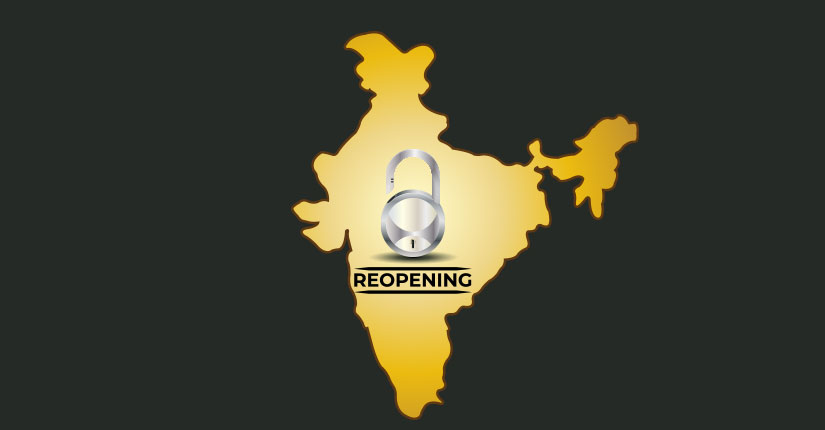
On Sunday, the country climbed to the seventh position in the global COVID-19 statistics, Prime Minister Narendra Modi in his radio program “Mann Ki Baat” cautioned people against showing any laxity in the fight against COVID-19.
PM Modi warned people to be extra cautious and careful and acknowledged that the poor and laborers have been worst affected by the coronavirus crisis. PM Modi firmly said that becoming careless or lackadaisical cannot be an option.
Who is more at risk?
Persons above 65 years of age, persons with co-morbidities like diabetes or cardiovascular diseases, pregnant women, and children below the age of 10 years are advised to stay at home, except for essential and health purposes.
Use of Aarogya Setu
To ensure safety in offices and at workplaces, employers on the best effort basis should ensure that Aarogyu Setu is installed by all employees on their mobile phones.
To facilitate timely provision of medical attention to those individuals who might be at risk, district authorities advise individuals to install the Aarogya Setu application on compatible mobile phones and regularly update their health status on the app.
Except in containment zones, all activities have been permitted in lockdown 5.0, various activities like opening of malls, religious places, schools and colleges, will be carried out in phases, the first phase beginning June 8. Ministry of Health Affairs (MHA) also allowed inter-State and intra-State movement of persons and goods.
The Ministry of Home Affairs on Saturday night issued guidelines for ‘unlocking’ the country after almost 68 days of lockdown and allowed phased re-opening of areas outside the Containment Zones. In areas outside Containment Zones, all activities will be allowed except the following, which will be allowed, with the stipulation of following Standard Operating Procedures (SOPs) to be prescribed by the Ministry of Health and Family Welfare (MoHFW), in a phased manner:
Phase I
It is to be noted that the Union Ministry of Health will be issuing Standard Operating Procedures (SOPs) for the above activities, in consultation with the Central Ministries, Departments concerned and other stakeholders, for ensuring social distancing and to contain the spread of the virus.
The following activities will be allowed with effect from 8 June 2020:
- Religious places or places of worship for the public.
- Hotels, restaurants and other hospitality services.
- Shopping malls
Phase II
Other educational/ training coaching institutions, schools, colleges, etc. will be opened after consultations with States and UTs. State governments, UT administrations may hold consultations at the institution level with parents and other stakeholders. Based on the feedback, a decision on the re-opening of these institutions will be taken in the month of July 2020.
Phase III
Based on the assessment of the situation, dates for re-starting the following activities still to be decided:
- International air travel of passengers, except as permitted by MHA.
- Metro Rail services
- Swimming pools, cinema halls, gymnasiums, entertainment parks, theatres, bars and auditoriums, assembly halls and similar places.
- Sports, social, political, entertainment, academic, cultural & religious functions and other large congregations.
Restrictions in Lockdown 5:
Night curfew to remain in force. Except for essential activities, the movement of individuals shall remain strictly prohibited between 9.00 pm to 5.00 am throughout the country. Local authorities shall issue orders, in the entire area of their jurisdiction, under appropriate provisions of law, such as under Section 144 of CrPC, and ensure strict compliance.
Lockdown for Containment Zones
- Lockdown shall continue to extend in the Containment Zones till 30 June 2020.
- District authorities to demarcate Containment Zones after taking into consideration the guidelines of MoHFW.
- Only essential activities shall be allowed in the Containment Zones. Strict perimeter control to ensure that there is no movement of people in or out of these zones should be there, except for medical emergencies, health purposes and for maintaining the supply of essential goods and services. However, intensive contact tracing, house-to-house surveillance, and other clinical interventions should continue as required in the Containment Zones. For the above purpose, the guidelines of MoHFW shall be taken into consideration.
Are Buffer zones safe?
As per the MHA, States and UTs may also identify Buffer Zones outside the Containment Zones, where chances of new cases are more likely to occur. District authorities should put necessary restrictions within the buffer zones, as considered.
As per the assessment of the situation by States, UTs, it may restrict certain activities outside the Containment zones, or impose such restrictions as deemed necessary.
Movement of persons and goods allowed
There shall be no restriction on intra-State and inter-State movement of persons and goods and no such separate permission, approval, e-permit will be required for such movements.
However, based on reasons of public health and its assessment of the situation, if a State or Union Territory (UT), proposes to regulate the movement of persons, it will give wide publicity in advance regarding the restrictions to be placed on such movement, and the related procedures to be allowed.
Domestic passenger air travel, movement by passenger trains and Shrarmik special trains, movement of Indian Nationals stranded outside the country and of specified persons to travel abroad; evacuation of foreign nationals will be allowed while sign-on and sign-off of Indian seafarers will continue to be regulated as per SOPs issued.
No State or UT shall stop the movement of any type of goods, cargo for cross land- border trade under Treaties with neighboring countries.
Over to you
India came up with the lockdown relaxations even as the country registered its highest single-day spike of COVID-19 cases on Sunday with 8,380 new infections in the last 24 hours, taking India’s recent tally to 1,82,143 while the death toll rose by 193 to reach 5,164.

